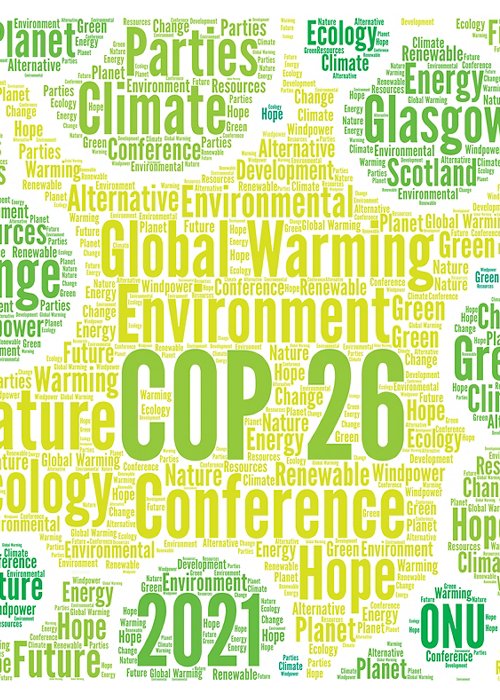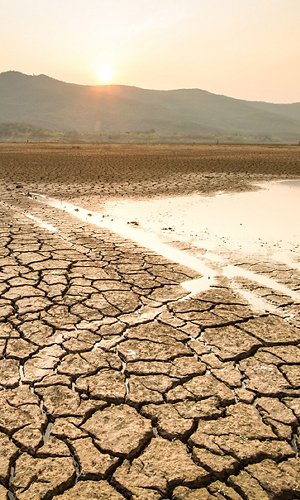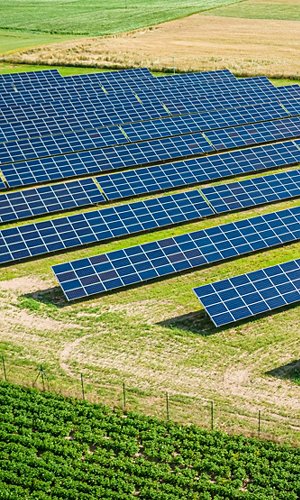1 November was the first day of the summit, the opening ceremony of which began with a speech by British Prime Minister Boris Johnson. This was followed by statements from world leaders on their climate action. World leaders then began to discuss mitigation, adaptation and finance – which are at the heart of COP26 – and what needs to be done to comply with the Paris Agreement.
Tuesday 2 November was devoted to forests and land use, focusing on how they can contribute to achieving the 1.5°C target. World leaders then discussed means of sustainable subsistence and keeping promises on adaptation and financing. In addition, leaders and businesses talked about innovation and deployment of clean technologies.
The third day was devoted to finance. Progress was reported on climate finance, which channels funds from rich, CO2-emitting countries to developing countries to help them reduce emissions and adapt to climate change. This is one of the central issues of COP26. Private climate finance and how to improve support for developing countries were also discussed.
Energy – and in particular coal – featured prominently in the meetings scheduled for the fourth day of the summit. The key points were measures to increase clean energy more rapidly and the phasing out of coal globally.
The fifth day was dedicated to young people and public empowerment. YOUNGO, the United Nations Framework Convention on Climate Change (UNFCCC) constituency of Youth Non-Governmental Organizations presented a global declaration by young people, setting out their actions for the climate and what they expect from global leaders.
Activists, business leaders and ministers examined what more can be done to create a whole-of-society approach to climate action. COP26 President Alok Sharma and the Italian Minister for Ecological Transition, Roberto Cingolani, discussed the results of the Youth4Climate event held in Milan in September.
There was also an event focusing on ocean health and global support for the protection of at least 30% of all oceans by 2030.
Nature and land use were the focus of the sixth day, with a major event, aimed at combating deforestation, taking place in the morning. In the afternoon, governments, politicians and farmers discussed sustainable agriculture and possible initiatives to protect nature.
Greta Thunberg led the demonstration with tens of thousands of activists also taking part in the Coalition’s Global Day for Climate Justice rally. Demonstrations were also held in London and other cities around the world.
Sunday 7 was a rest day, with no negotiations or other activities.
The second week began with a focus on adaptation, to understand how and how much climate change has already impacted on humans and how to cope with ongoing climate change. The main event saw ministers and leaders commit to building a more climate resilient future, each outlining how each country will work towards this goal.
Loss and Damage caused by climate change was also listed and the day ended with a global tour of how different countries are coping with the crisis.
The day of 9 November was dedicated to women. In particular, they discussed how women have been disproportionately affected by climate change and the importance of women’s leadership in limiting the rise in temperature. The main events focused on the progress of gender equality in climate action and the recent IPCC report. In the afternoon there was a flagship event on innovation, exploring clean energy solutions from around the world.
On Wednesday 10 November, the summit examined the market for zero-emission vehicles and the creation of ‘green shipping corridors’. Shipping is notoriously difficult to decarbonise. Automotive market leaders who have committed to selling 100% zero-emission vehicles by 2040 or earlier hosted the main event.
Thursday 11 November was dedicated to cities, regions and the built environment. Buildings generate almost 40% of annual global CO2 emissions. National, regional and city leaders and the private sector talked about encouraging collaborative climate action.
Friday 12 November was the day scheduled to close the summit, but only if an agreement was reached with a shared document. In the absence of an agreement, COPs – usually – continue until an agreement in principle is reached (or a document explaining why there is no agreement is drafted).




